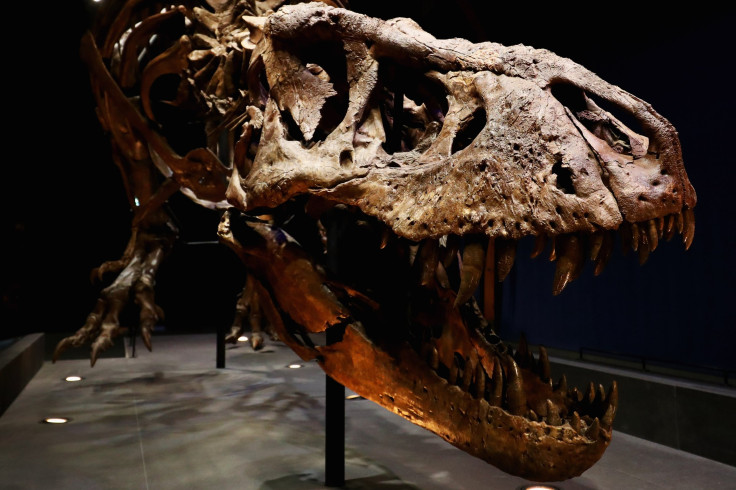Evolutionary Research May Have Used A Flawed Sampling Bias Correction Method For A Decade

Fossils are the windows through which we can peer back into the evolutionary history of plants and animals that inhabit, or once inhabited, Earth. However, these fossil records have their limitations — ones that need to be properly understood in order to correct for sampling biases.
For instance, in order for an organism to fossilize, its corpse must lie undisturbed for long enough in an area where fine sediments can mineralize it. As a result, Earth’s fossil record is likely to tilt in favor of not only those organisms that have a better chance of fossilizing because of their exoskeletal structure, but also those that are found in areas rich in fossilizing sediments.
In order to correct for this bias, palaeontologists use what is known as the “residual diversity” method, which assumes that variations in the number of different fossils at any given time are a reflection of how much rock was available at the time.
Based on this technique, which was first used in 2007, and has since been utilized in over 150 research papers since then, palaeontologists concluded that Earth’s biodiversity has, through the aeons, remained relatively stable and close to its maximum carrying capacity. They argued that many signs of species becoming rapidly extinct were merely reflections on the poor quality of the fossil record at that time, rather than signs of fluctuations in the actual number of species.
However, according to a new paper published Monday in the journal Methods in Ecology and Evolution, this technique is deeply flawed — so much so that its use may have elicited misleading results in almost a decade’s worth of evolutionary research work.
“The method has been criticised by many scientists for producing misleading and surprising results. So I looked closely at each step of the procedure, and couldn’t believe my eyes,” lead author Manabu Sakamoto from the University of Reading said in a statement. “Our work calls into question nearly a decade's worth of scientific reports and interpretations on the way life on Earth has evolved.”
In order to come to this conclusion, the researchers ran thousands of simulations to test the correction method against actual data obtained from analysis of fossil records. On doing so, they found that it failed to return correct results in as much as 100 percent of the simulated cases.
“The core assumption is that any portion of fossil diversity that can be explained by variations in rock volume should be explained by variations in rock volume. This assumption is based on no evidence,” co-author Michael Benton from the University of Bristol said in the statement. “At the extreme, if you have no rock you get no fossils. However, there are many cases where two time intervals are represented by the same amount of rock worldwide, and yet fossil diversity varies massively. Explain that.”
This, the researchers say, proves that the residual diversity method can no longer be reliably used to correct for sampling biases.
“Evolutionary dynamics such as speciation are inherently a phylogenetic process, and only an explicitly phylogenetic approach will correctly model this process,” the researchers wrote in the paper.
© Copyright IBTimes 2025. All rights reserved.






















